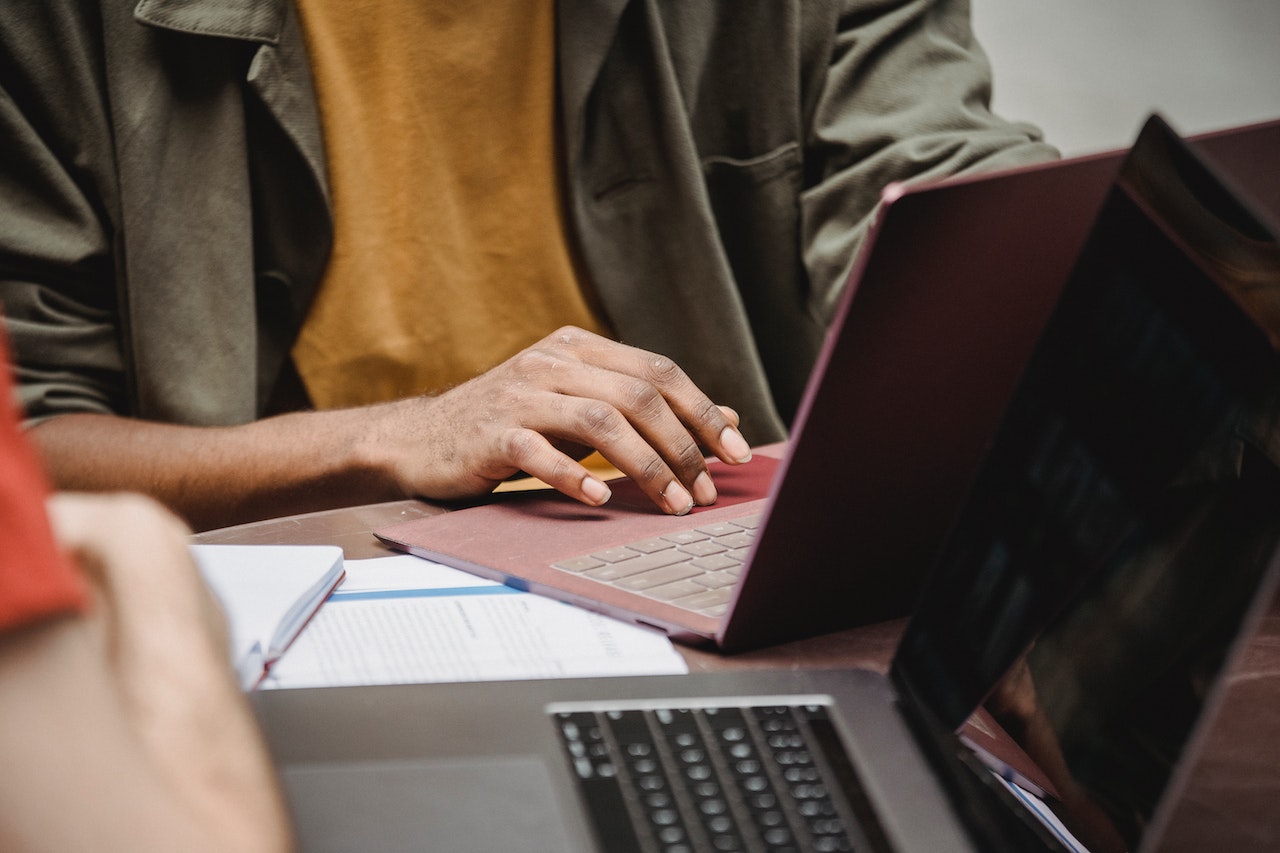Lifestyle
AI is reshaping the workplace – but what does it mean for the health and well-being of workers?

Businesses are increasingly turning to AI to solve problems and perform tasks that have traditionally required human intelligence. (Pexels Photo)
The business landscape has undergone a significant shift over the past few years because of artificial intelligence (AI). This technological advancement has innovated business practices and is changing the way we work.
Businesses are increasingly turning to AI to solve problems and perform tasks that have traditionally required human intelligence. Across different industries and occupations, AI is being used to detect patterns, make predictions and even create content.
However, the rapid rate of AI adoption is putting workplaces at risk of overlooking its potentially adverse impacts, particularly those that could impact the health and well-being of workers.
AI in the workplace
The type of AI currently being used in workplaces has a narrowly defined role. It primarily augments the work being performed by humans, as seen by customer service chatbots, robots working alongside factory workers or cancer diagnostic platforms.
The recent strike of the Writers Guild of America offers an example of workers in a field once previously thought to be shielded from automation fighting to protect their jobs from the use of generative AI to write scripts and produce creative content in Hollywood.
But future types of AI might be very different than the ones we are seeing now. In the future, AI that matches, or even surpasses, human intelligence might be introduced into workplaces. These stronger, more capable forms of AI will undoubtedly change the role of human workers.
Some economists project that up to 300 million full-time jobs could have some portion of their tasks performed by AI. Others predict that the quickly growing advancement and use of AI could also create a number of new jobs that require workers to work alongside machines.
Worker health and well-being
Throughout history, periods of technological transformation have introduced new tools to workplaces and altered working conditions in ways that have impacted worker health in both positive and negative ways.
The increasing availability of smartphone technology, for example, has given rise to the digital gig economy characterized by temporary and freelance work, or short-term contracts. While this shift presents novel work opportunities, it also contributes to widespread labour market precarity that has negatively impacted the well-being of workers.
Our understanding of how AI will impact working conditions and worker health, however, is not yet clear. There are several ways in which current (and future) forms of AI could bring advantages and disadvantages to workers.
On one hand, AI could be used to perform strenuous tasks that pose the greatest risk to workers’ health. It could also identify occupational hazards and employees’ physical and mental well-being in real-time to quickly deliver health and safety solutions.
At the same time, AI being more applicable to some industries or occupations could result in inequities within the labour market. Currently, the occupations where AI is least useful are those that involve unpredictable and highly physical job tasks (e.g., nursing aides, janitors, food service workers) or those that have leadership responsibilities (e.g., chief executive officers).
Some predict AI has the potential to contribute to a hollowing out of the labour market, with widening income gaps and disparate effects on worker health.
The adoption of AI within the workplaces could also increase the intensity and stressfulness of work or create pressure among humans to keep up with machines. And in cases of biased design, AI could reinforce discriminatory workplace practices faced by workers from the most disadvantaged backgrounds.
Prioritizing health research on AI
According to a recent report led by the non-profit Institute for Work & Health and informed by a multidisciplinary team (including me), research about the health impacts of AI should take several critical directions.
There is a need for research to better understand how increasingly autonomous and advanced versions of AI will impact working conditions and worker health. Equally vital is the creation of a road map for AI design that optimizes health.
The report also underscores the importance of research that can be put into practice. Research needs to meaningfully inform discussions about the health and safety implications of AI adoption, as well as the regulations needed to safeguard human health.
Workers should also be able to access evidence to better understand the potential impacts of the technology — both harmful and helpful — on their jobs and well-being, and to gain practical insights on how to safely work alongside AI.
AI will bring rapid and large-scale changes to the working world. Without evidence of the health-related challenges and opportunities AI may present, it will be difficult for decision-makers to protect and promote worker health and safety.
There is a critical need for research that can be used to understand, anticipate and address AI’s potential risks and opportunities for the human workforce, and to ensure that worker health and well-being is at the forefront of AI adoption.![]()
Arif Jetha, Associate professor, Dalla Lana School of Public Health, University of Toronto
This article is republished from The Conversation under a Creative Commons license. Read the original article.





















